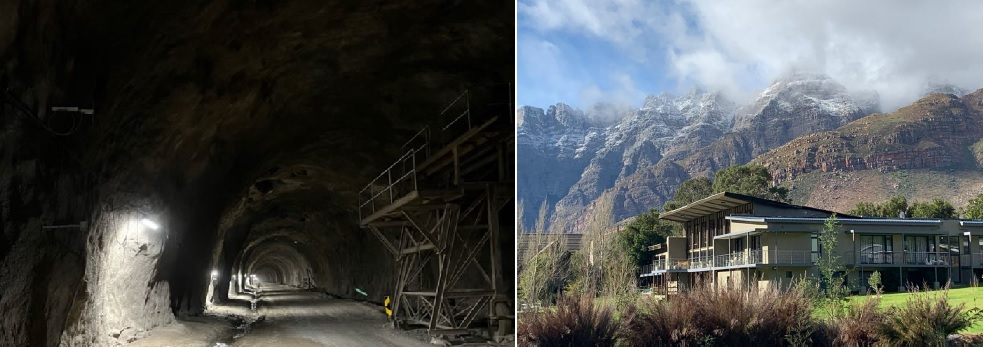Conveners
Muon flux and Radiation: Muon flux and Radiation
- Marcello Messina (LNGS-INFN)
The Southern hemisphere offers a wonderful opportunity for scientists to explore unique
initiatives offered by a low-level radiation facility. Establishing a deep underground physics
laboratory to study, amongst others, double beta decay, geo-neutrinos, reactor neutrinos and
dark matter has been discussed for more than a decade within the austral African physicists’
community. The...
Techniques and methods for the measurement and characterisation of naturally occurring radionuclide materials (NORM) and technologically enhanced naturally occurring radioactive materials (TENORM) in the environment are readily available. Most of these methods rely on laboratory-based HPGe or NaI detection systems. There is a need to measure and characterise radionuclides in different natural...
The Portable African Neutron-Gamma Laboratory for Innovative Nuclear Science (PANGoLINS) project aims to further investigate measurements of neutrons which forms an important component part on site or in transit and the detection of both fissile material for the use in decarbonised energy sources or disposal thereof. iThemba LABS has pioneered a mobile gamma-ray detection unit which allows a...
GEANT4 Monte Carlo toolkit was used to design a passive water shielding to reduce back-ground radiation from the measurement environment reaching the detectors. The shield was then constructed using a large water tank allowing detectors to be mounted inside the shield. Measurement were performed using two LaBr3:Ce detectors without shielding and the same two LaBr3:Ce detectors inside the...
